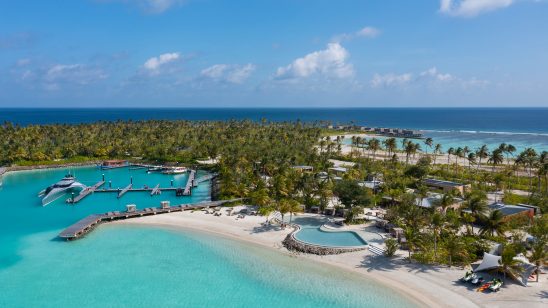
Updated Boundary Regulations for Maldives Resorts Explained
The Ministry of Tourism launched a new set of Boundary Regulations on 14 March 2023. The Regulations operate to repeal and replace the set of regulations earlier known as Boundary Regulations 2012, including all amendments brought to them. The Regulations largely speak of the same subject matter, but some new provisions are introduced and others are revised. All boundary matters are now guided by these regulations in effect. The official citation is 2023/R-90.
Scope of application
The scope of the application is extended to include tourist resorts, integrated tourist resorts, tourist hotels, resort hotels and yacht marinas.
Every reference in the Regulations to a ‘tourist resort’ is to include a reference to tourist hotels, tourist guesthouses, and yacht marinas.
The formulae provided in the regulations apply when the boundary is not specified in the lease agreement.
Demarcation of boundary
The boundary of an island leased to develop a tourist resort is measured from the point where dry land meets mean tide.
If the boundary of an island is specified in the lease agreement of that island, the boundary for that island will be that which is mentioned in the lease agreement.
The general principle is to grant a boundary of 500 meters measured from the dry land at mean tide (where there exists a lagoon area in excess of 500 meters).
Where the boundary of an island does not have 500 meters from its dry land to its outer reef, the boundary will be the area between the dry land of that island during mean tide to its outer reef.
The exceptions to the 500 meter boundary rule are:
- where an island has its boundary specified in the lease agreement; and
- where an island leased for tourism shares a common lagoon with another island or sandbank.
Etching out attractions
If diving zones, surfing points and tourist attractions occur within the boundary of an island, the boundary of that island will be adjusted to etch out those zones, points, and attractions from within the boundary.
The Ministry of Tourism is to publish a list of these places and bring about regulations on their use.
Marking out special zones
A “no development zone” of 50 meters shall be kept inward from the outer boundary of the island as a buffer. No tourism or development activity is to be carried out in that buffer zone.
Where an island is given a boundary up to the outer reef of the island, an “exclusive zone” of 300 meters around that island is provided–so long as there is no conflict with the territory of an inhabited island or a zone provided by law for another venture.
No activity may be carried out in the exclusive zone except that which relates to approved environmental projects or renewable energy projects.
Read more about boundary extension and adjustment under the new regulations
—
Version of the article originally published on Nasheeds Commercial Lawyers
Featured Image: Unsplash





